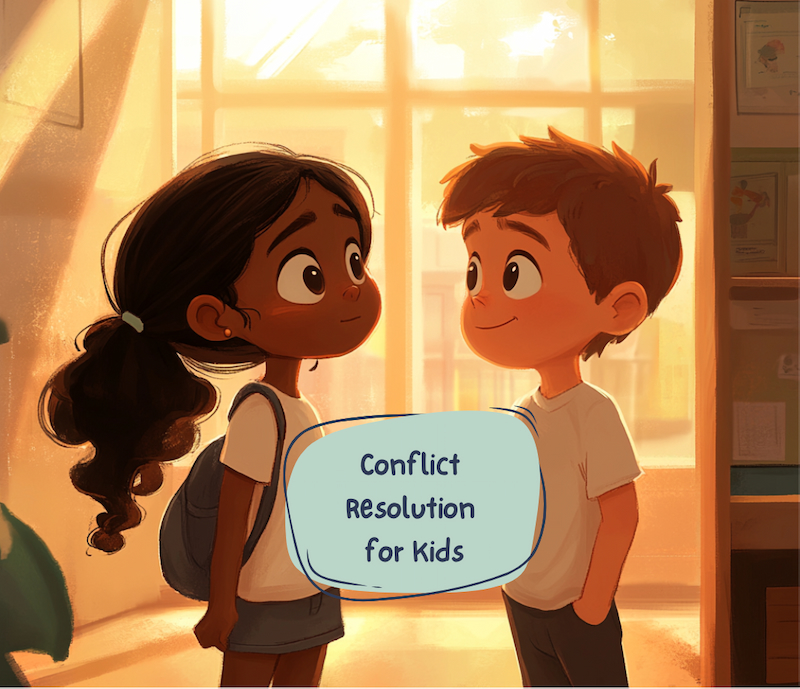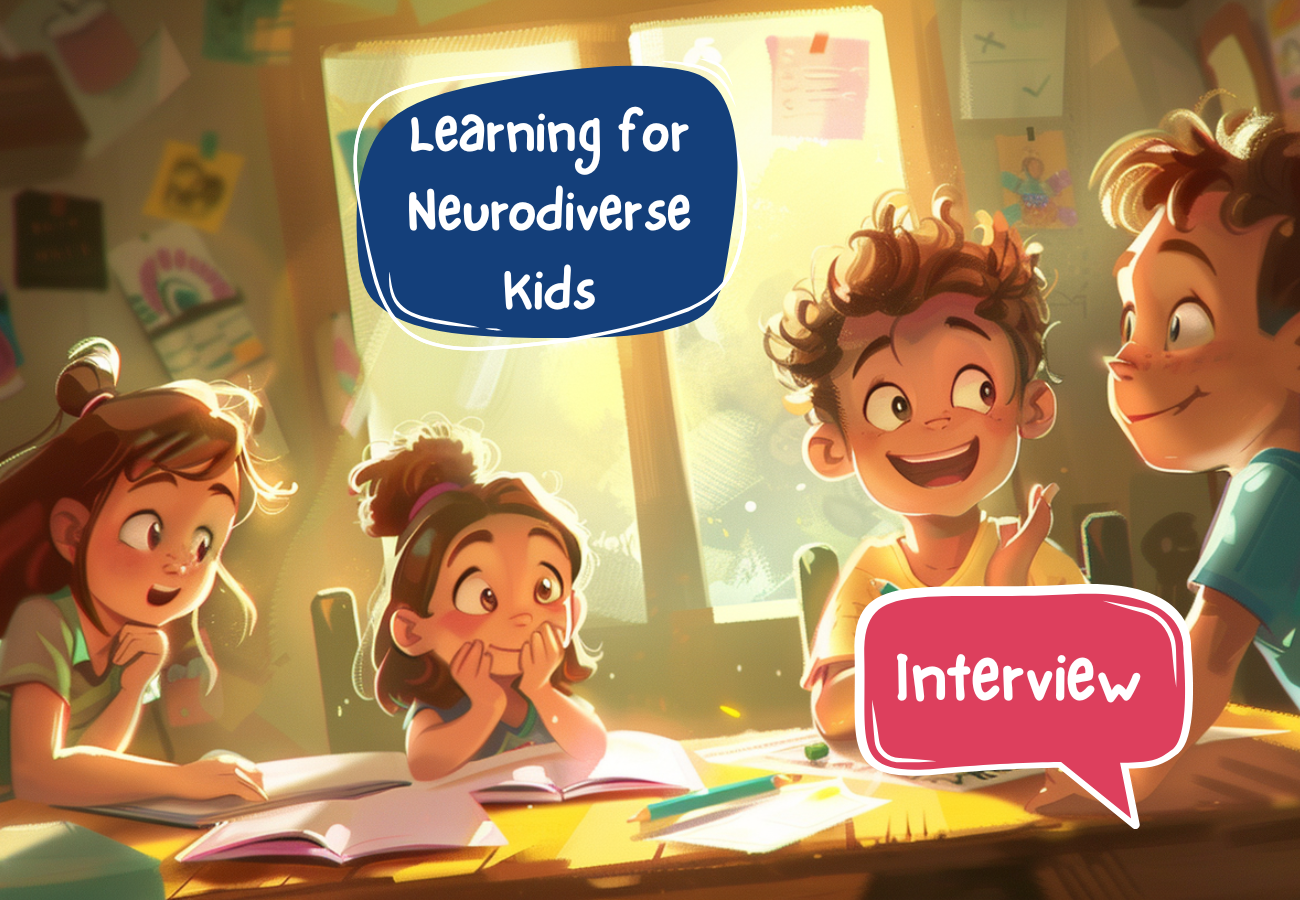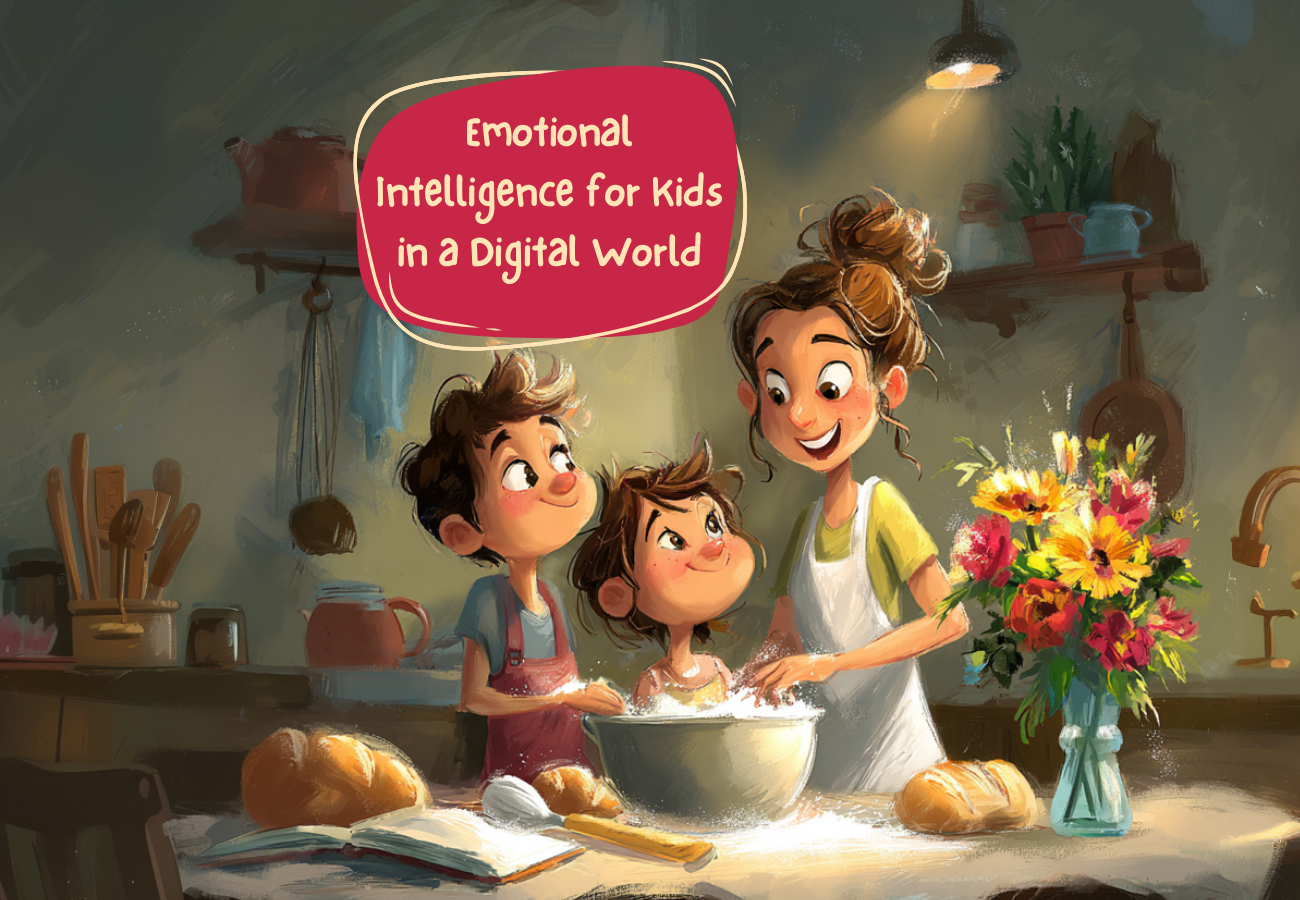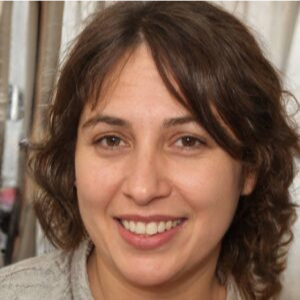Conflict Resolution for Kids: A Friendly Guide

Conflict is a natural part of life, even for children. Whether it’s a disagreement with a friend, sibling, or classmate, learning how to resolve conflicts is an essential skill that helps kids navigate their social world. Children learn to resolve conflicts from the adults around them, so teaching them how to handle disputes with kindness, understanding, and patience is crucial for their emotional growth. In this article, we’ll cover kids’ conflict resolution basics, including simple steps, helpful strategies, and fun exercises.
How to Explain Conflict Resolution to Children
Explaining conflict resolution to kids can be done in a simple, relatable way. Start by defining conflict as a disagreement or problem between two or more people, where each person may want something different. Tell them that conflict resolution is finding a peaceful way to solve these disagreements so everyone feels heard and respected. For younger children, you can use examples from their own lives or even use conflict resolution games for children, like role-playing or storytelling, to illustrate how they can manage conflicts. According to research by the American Psychological Association, children’s conflict resolution skills can be significantly improved through social-emotional learning (SEL) strategies, which involve role-playing and active problem-solving.
What Are the 5 Steps to Conflict Resolution?
- Calm Down. The first step in conflict resolution with children is to take a moment to calm down. Encourage kids to breathe deeply and count to 10 before responding, ensuring they can think clearly. Research from Stanford University highlights how mindful breathing helps children manage stress and approach conflict with a calm, open mind. In a study, children who practiced deep breathing showed decreased heart rates and improved stress resilience, even with just a minute of breathing practice. Techniques such as slow, deep breaths helped children self-regulate and better handle emotional situations, including conflicts.
To further support children in learning these valuable skills, my Box Set includes Gratitude is My Superpower, which introduces kids to the benefits of mindful breathing. Through engaging stories, this book teaches children how to use breathing to manage emotions and foster gratitude, making it a perfect tool for developing emotional intelligence and conflict-resolution skills.
- Express Feelings. Teach children to express their feelings using “I” statements, like “I feel upset because…” This helps them communicate without blaming others, promoting a peaceful resolution.
- Listen to Others. Conflict resolution lessons for younger students should emphasize active listening. Kids should focus on what the other person is saying and repeat it to ensure they understand.
- Find a Solution. Together, the children can brainstorm solutions. They should think of ways to solve the problem where everyone is happy.
- Agree on a Plan. Once a solution is chosen, both sides should agree on the plan and follow through, ensuring the conflict is resolved.
What Are the 5 A’s of Conflict Resolution?
The 5 A’s of conflict resolution are essential strategies for guiding children through the process of resolving disputes in a healthy, productive way:
- Awareness – Recognize that a conflict exists.
- Acknowledge – Acknowledge everyone’s feelings involved in the conflict.
- Acceptance – Accept that everyone may have different views, and that’s okay.
- Adjustment – Be willing to adjust one’s behavior or attitude to find a compromise.
- Agreement – Agree on a solution that satisfies everyone involved.

These steps can be reinforced through conflict resolution strategies for younger students, ensuring they become a natural part of their problem-solving skills.
What Are the 6 Steps to Resolving Conflicts with Children?
When conflicts arise, it’s important to have a clear process in place. Here are six key steps for conflict resolution for kindergarten and younger students:
- Identify the Conflict
Help children recognize what the conflict is about. For example, “You both want to play with the same toy simultaneously.” - Calm Emotions
Encourage everyone to take deep breaths or have a brief moment of quiet to calm emotions. - Share Perspectives
Each child should get a chance to explain their side without interruption. - Discuss Solutions
Brainstorm possible solutions together. This helps kids practice finding compromises. - Choose a Solution
Agree on a fair solution that works for both sides, even if it requires sharing or taking turns. - Follow Through
Make sure the agreed-upon solution is put into action, and check in to see if it resolves the conflict.
Fun Conflict Resolution Activities for Kids
Children can also learn conflict resolution through interactive exercises and activities, like conflict resolution games for children and conflict resolution exercises for younger students. These activities help them practice their skills in a safe, structured environment.
- Role-playing games: Act out conflict resolution scenarios for children, such as sharing toys or solving disagreements in the classroom.
- Conflict resolution tables: Create visual aids that map out the steps to solving problems peacefully, so kids can refer to them when disagreements occur.
- Story-based activities: Read stories about conflicts and discuss how the characters could resolve their issues.
- Group exercises: Set up conflict resolution exercises for schoolchildren that involve working together to solve a problem, helping them develop teamwork and negotiation skills.
These activities can be adapted for different age groups, whether it’s conflict resolution for kindergarten or older children.
Teaching conflict resolution is one of the most important lessons we can impart to children. It equips them with lifelong skills that help them manage disagreements and foster empathy, communication, and problem-solving. By incorporating conflict resolution exercises for schoolchildren and younger students into their daily routines, children can learn to approach conflicts with understanding and patience.
Conflict resolution is just one aspect of helping children navigate challenges in their social world. If you’re interested in teaching them how to address other problems, read our A Guide to Increasing Problem-Solving Skills in Kids (with Examples), which explores practical approaches to overcoming everyday obstacles with real-life examples.
Start using these strategies today to help children navigate the complexities of their social world, and watch as they grow into confident, compassionate individuals who can easily resolve conflicts.
More articles

Creating Joyful Learning for Neurodiverse Kids: A Homeschooling Mom’s Journey with Alicia Ortego Books
A New Path in Education We always love hearing how our books support children and parents around the world. Recently, we spoke with a mom of three neurodivergent boys and the founder of Backyard Academy. Every day, she looks for creative ways to approach learning and parenting, and she shared with us how Alicia Ortego’s […]

Individual vs. Team Sport Activities for Your Kids: Pros and Cons
Helping children stay active and healthy often starts with sports. But deciding between individual or team sports can be tricky. Each type offers unique experiences and developmental benefits, but also has potential drawbacks. Understanding the differences can help you make informed choices based on your child’s personality, interests, and abilities. What Are Individual Sports? Individual […]

How to Nurture Your Child’s Emotional Intelligence in the Digital Age
Raising children today is nothing like it was in the 90s. Children in the 90s spent the majority of their time playing outdoors with neighbors or going to the local library or the beach. In that era, screen time mostly centered around TV, cable, or video games. But things are quite different in 2025. Kids […]



